Will Metal Gear Solid 4: Guns of the Patriots Be the Next Remake?
Metal Gear Solid 4: Guns of the Patriots, which remained an exclusive banger for PS3, is perhaps the best title in the Metal Gear series according to critics. The game is definitely not being ported today, but it is very likely that it will be re-released. What are the chances of that?
The recent remake of Metal Gear Solid Δ: Snake Eater was received quite well, and later KONAMI asked its fans which game to port next during a broadcast, and Metal Gear Solid 4 really dominated among the fan responses. Let’s try to find out why.
Let’s move on to 2008, the year when the new GTA was Grand Theft Auto IV, Windows 7 was something very fresh, and the Xbox 360 coped with the competitive PlayStation 3 better than ever.
Back then, Metal Gear Solid 4 was described by GameSpot’s Kevin VanOrd as “the most technically stunning video game ever made.” His review captured the full scope of Hideo Kojima’s design vision — a blend of cinematic storytelling and gameplay synchronization that pushed the PS3 hardware to its limits. VanOrd noted that MGS4 achieved something few titles could: gameplay and narrative so tightly woven that they became inseparable.
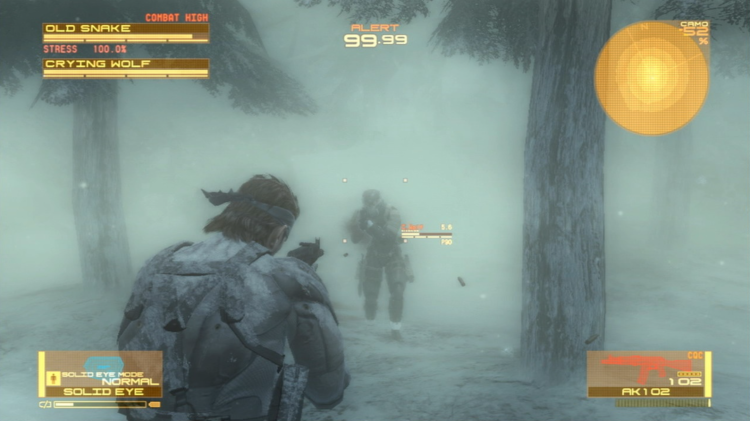
Source: GameSpot
The game was an awe-inspiring synthesis of dramatic storytelling and entertaining gameplay, emphasizing technical precision and attention to detail. The PS3 hardware, often criticized for being complex to develop for, found its definitive showcase through MGS4’s seamless transitions between real-time cutscenes and interactive play. The same mech that dominated a cinematic sequence would remain fully controllable once the scene ended — no pre-rendered tricks, no visual downgrade, just uninterrupted immersion.
The structure of Metal Gear Solid 4 was unapologetically ambitious. Players spent roughly half their time watching cutscenes, yet those sequences never felt detached from the experience. The narrative and gameplay were interdependent — one elevating the impact of the other. This design philosophy culminated in the game’s now-famous split-screen sequence, which demonstrated the mastery of pacing and player engagement.
The story of MGS4 followed Solid Snake in his final mission, who aged rapidly due to the FOXDIE virus and genetic instability. His deteriorating body mirrored the thematic decay of the old world order — a recurring motif in Kojima’s storytelling. Snake’s physical limitations became gameplay mechanics; his stiffness, fatigue, and psychological stress added vulnerability to his every move.
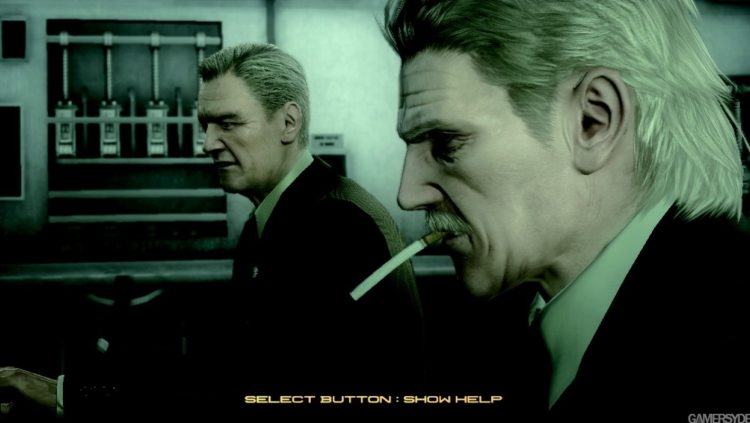
This human element grounded the game’s larger-than-life narrative. Snake’s decline stood in sharp contrast to the chaos around him — massive mechs, battlefield-scale firefights, and the reemergence of enemies like Liquid Ocelot. The balance between melodrama and mechanical precision defined the experience. Every design choice felt deliberate, cohesive, and uncompromised.
The game’s emotional beats were as grand as its action set pieces. Reunions with allies and confrontations with long-time foes shaped the story’s arc, often framed through stylized cinematography and heavy-handed symbolism. The dialogue, while sometimes dogmatic, underscored the weight of legacy and loyalty.
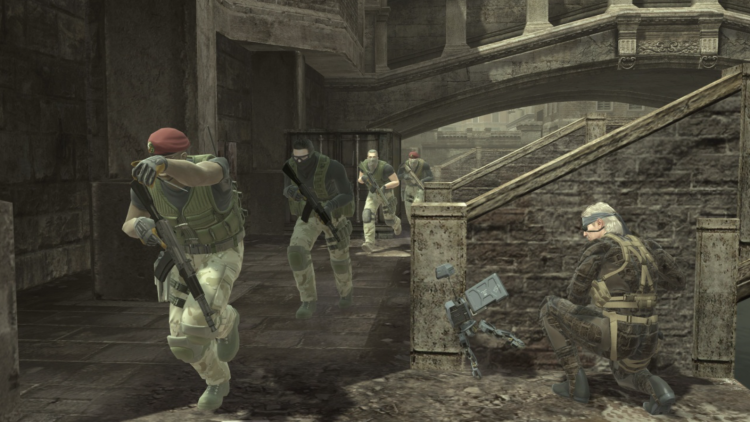
Gameplay refinements were extensive. Gunplay and close-quarters combat saw their best iteration in the series to that point. The controls were reworked for fluidity: stealth and shooting no longer felt like opposing systems. Players could adapt their style without punishment.
The arsenal was extensive — dozens of weapons, each tuned for tactile precision. The over-the-shoulder camera from Metal Gear Solid 3: Subsistence evolved into a hybrid system allowing quick transitions between third- and first-person perspectives. Attachments like scopes and laser sights further enhanced control, while the inclusion of the OctoCamo suit redefined stealth dynamics. Snake could automatically mimic environmental textures, blending seamlessly with surroundings in both function and aesthetic.
The Solid Eye provided tactical overlays, night vision, and enemy detection. These additions made stealth sequences more reactive, integrating player awareness into the game’s pacing. The iconic cardboard box returned, this time joined by portable barrels and the Metal Gear Mk. II drone, adding mechanical variety to reconnaissance and distraction tactics.
A few mechanical missteps existed, such as the impractical in-game iPod, which restricted gadget use when equipped. However, these were minor flaws in an otherwise balanced design. The gameplay’s defining strength was freedom: players could choose stealth, aggression, or a mix of both, and each felt equally satisfying. Levels rarely forced a single approach, with exceptions like the Eastern European tailing mission, which maintained atmosphere and tension.
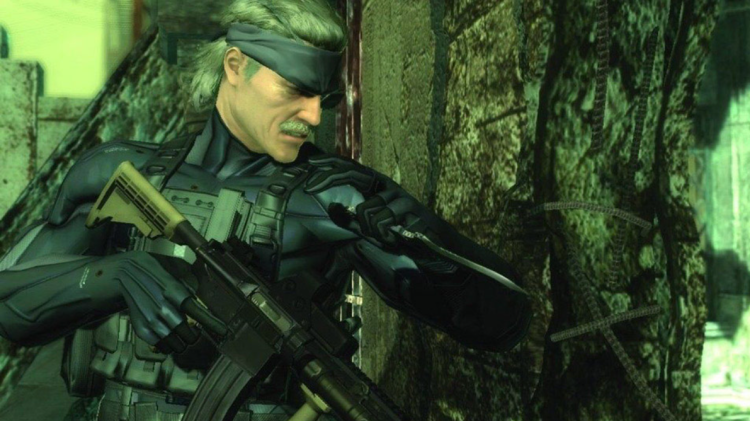
The stress and psyche meters were secondary systems that added light role-playing depth. Snake’s psyche would drop under cold, pressure, or fatigue, slowing his movements and reducing recovery rates. These touches complemented the narrative theme of physical decline. While not as central as health management, they reinforced immersion and character consistency.
Enemy design and AI marked another generational leap. Soldiers adapted to player tactics, coordinating flanks, and using cover effectively. They would inspect suspicious noises, kick hiding barrels, and flush players out with grenades. This adaptive behavior created authentic tension across varied environments — from South American jungles to snow-covered military bases.
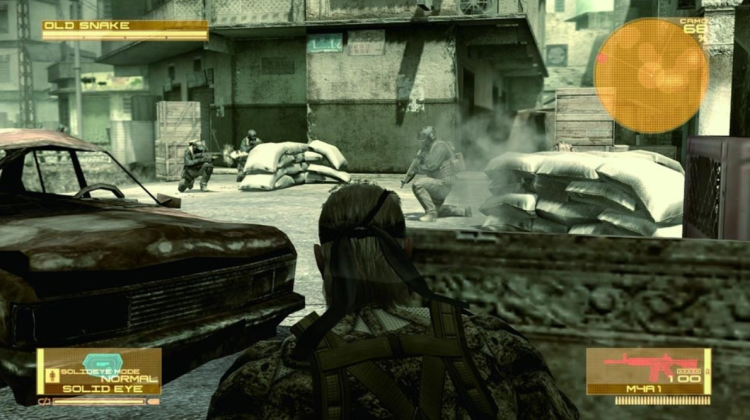
Mechanical enemies like Gekkos brought unpredictability. Their erratic movements and animalistic sounds gave them distinct presence on the battlefield. Small details — like Snake rubbing his aching back — contributed to realism. The sense of scale and attention to minutiae gave MGS4 a filmic quality that few contemporaries matched.
Large-scale encounters took that cinematic approach further. Vehicle chases, on-rails shooting segments, and destructible environments amplified spectacle without sacrificing control precision. A motorcycle escape sequence became emblematic of the fusion of cinema and gameplay. Another battle against a massive automaton displayed collapsing architecture and smoke-filled chaos rendered entirely in-engine.
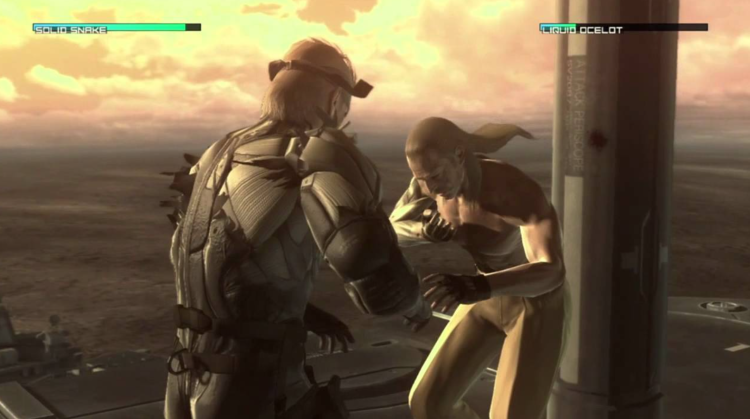
Boss fights were integral to pacing, merging character psychology with mechanical experimentation. The Beauty and the Beast Unit — a group of enhanced female soldiers — each presented unique patterns and environments. Players had to use terrain, environmental cues, and equipment creatively. Footprints visible only through night vision revealed hidden targets. Aerial threats often compounded the challenge. These sequences tied back to the game’s exploration of identity, trauma, and warfare.
Technically, Metal Gear Solid 4 was a benchmark for its time. Texture quality, dynamic lighting, and particle effects brought realism to the forefront. The PS3’s Cell processor architecture was complex, yet Kojima Productions leveraged it to render dense environments and fluid animations with minimal performance trade-offs. Minor frame drops and short installation sequences — totaling around twenty minutes — were small prices for the game’s graphical fidelity.
Sound design stood shoulder to shoulder with visuals. The orchestral soundtrack supported every tonal shift. David Hayter’s gravelly performance as Solid Snake anchored emotional moments. Auditory details — from weapon reverb to mechanical hums — were essential to immersion. Explosions and environmental audio enveloped the player rather than merely accompanying the visuals.
MGS4 also included an online component, featuring up to sixteen players. Traditional Deathmatch and Team Deathmatch modes were present but adapted to the franchise’s pacing. Maps retained the visual quality of single-player environments, emphasizing verticality and cover-based tactics. Multiplayer demanded a different rhythm than typical shooters, with stealth and unpredictability taking precedence.
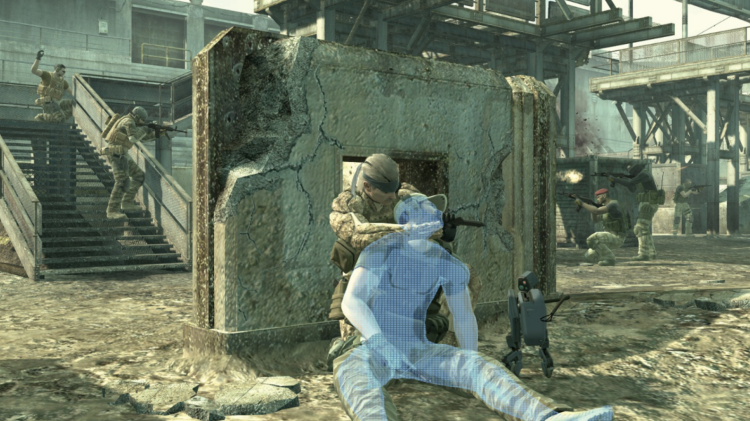
Sneaking Mode stood out as the highlight. One player controlled Snake, another the Metal Gear Mk. II drone, in a cooperative variant of Team Deathmatch. Invisibility, surprise attacks, and limited resources created a distinct competitive identity. Supporting modes like Base Mission, Capture and Defend, and Rescue expanded replayability. The only major drawback was the cumbersome registration process, requiring multiple account setups before play.
When considered in total, Metal Gear Solid 4 encapsulated the ambition of an entire console generation. It was both a conclusion to a long-running saga and a technical showcase for Sony’s hardware. The game’s final act represented the culmination of cinematic vision — a title where storytelling, mechanics, and technology existed in rare harmony.
Even today, more than a decade later, Metal Gear Solid 4: Guns of the Patriots remains locked to the PlayStation 3. Its unique architecture, data streaming methods, and real-time cinematic design have kept it from simple porting. But with modern remakes and fan demand reaching new heights, speculation continues about its return.

Comments